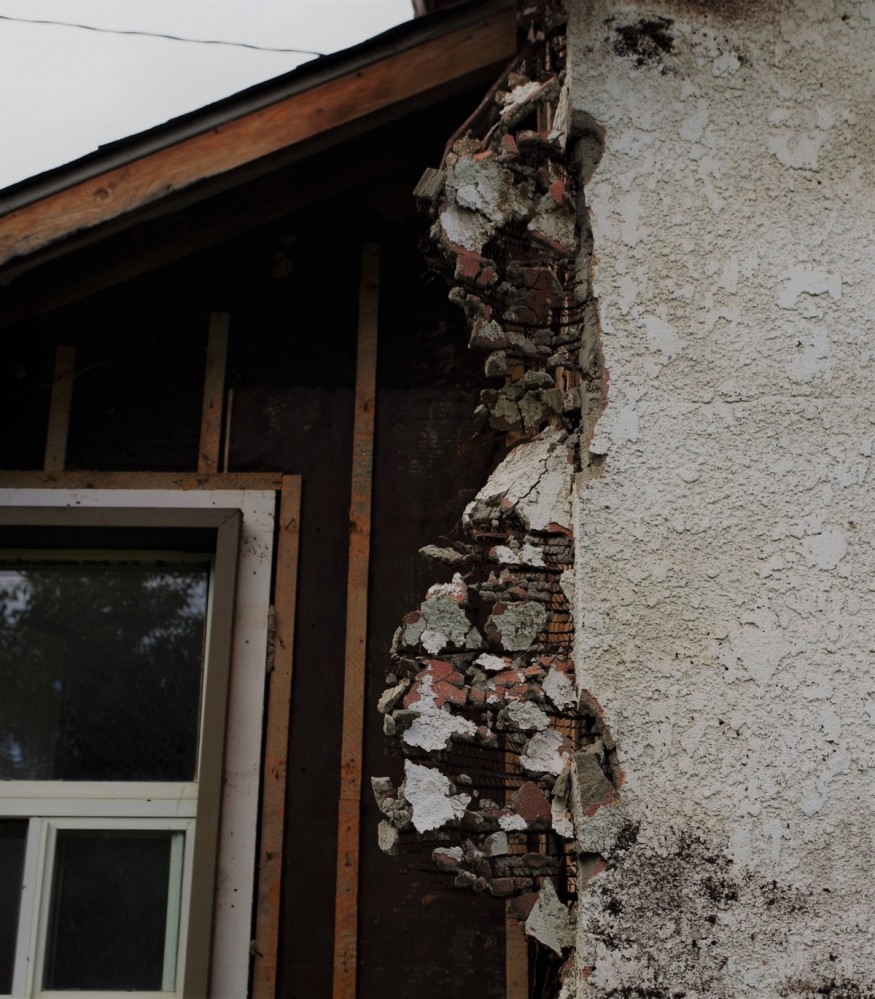
For decades, asbestos was considered an indestructible substance used in various industries due to its insulating and heat-resistant properties. The naturally occurring mineral once considered a miracle, is now turning into an infamous public health menace. The inhalation or ingestion of microscopic asbestos fibers could lead to serious health issues including lung cancer, bronchial cancer, colon/rectal cancer, throat/esophageal cancer, stomach cancer, mesothelioma, plus many other types of occupational lung diseases, resulted from an industrial workplace or military.
Highly resistant to degradation via rotting, burning, or chemical exposure, asbestos is a time bomb waiting to be disturbed. When asbestos materials are damaged or disturbed, the airborne asbestos fibers are likely to settle into the surrounding environment or become inhaled by those in close proximity.
People working with asbestos or asbestos-containing products without adequate protection are likely to be exposed to higher levels of asbestos fibers in the air, and therefore, have a very high risk of developing cancer and severe pulmonary diseases. Consequently, asbestos remains the most important and studied lung carcinogens in occupational settings, where 5-7 percent of all lung cancers can be attributed to occupational exposure to asbestos.
When airborne, the asbestos fibers can stick to workers' clothing and unwittingly carried around. While primary exposure happens to people who work directly with asbestos, secondary exposure to asbestos is just as dangerous as firsthand exposure and it applies to children, spouses, siblings, and anyone else sharing the residence. On average, women and children are more susceptible to second-hand exposure from a family member that may have brought asbestos home from work.
Saving Lives with Innovating Asbestos Detection in the Field
Despite the fact that asbestos is classified as a human carcinogen, it is still used in most industrialized countries. Pending a decision on the global ban of asbestos, we urgently need technological innovations within the asbestos industry, including developments in the field of censoring, the ongoing development of asbestos analysis for low concentrations, and optimization of asbestos processing.
The commonest form to identify hazardous airborne asbestos fibers at worksites is to filter the air, counting the released fibers, and afterward, analyze them with X-ray technology to confirm the presence of asbestos. This process is lengthy and involves sending samples to a laboratory for examination. Nowadays, new developments in technology can be used in order to detect asbestos fibers and distinguishing them from other fibers. Instead of requiring samples and lab investigation, these developments make the process easier to perform and provide faster results:
- Detection using magnetic-field
- Near-infrared spectroscopy
- Single and dual-beam systems
The Emotional and Financial Burden of Asbestos
Many workers were not made aware of the dangers of the mineral and they weren't provided with proper safety equipment to minimize the level of exposure. Thus, many industrial workers and veterans alike suffer from terrible diseases caused by occupational exposure to asbestos.
Early detection and diagnosis of asbestos-related diseases are vital for people with a well-traced history with relevance in asbestos exposure due to the long latency period, up to 50 years before symptoms may become apparent. However, the latest developments in medical technology allow doctors to make a prompt and accurate diagnosis.
Dealing with the emotional effects of cancer is enough of a stressor and there is little known about the psychological care needs of people with diseases related to exposure to toxic substances, and even less about those who have been exposed to asbestos and have been diagnosed with asbestos-related cancers in terminal stages.
Low-income families of workers exposed to asbestos and who face medical bills more than four times their annual salaries cannot afford the rising costs of cancer treatments. Coping with asbestos-related illnesses can be physically, financially, and emotionally draining.
It is worth mentioning that victims of asbestos exposure have access to explicit legal information on the possibility of receiving compensation. Legal compensation can help alleviate the financial burden of fighting a costly disease like cancer and it can be accessed through one or more of the established asbestos trust funds as well as VA claims.
About the author:
Gregory A. Cade is the founder and principal attorney at Environmental Litigation Group, P.C., with remarkable professional experience, who helped thousands of veterans receive the financial compensation to which they were entitled based on their service to the country. Gregory A. Cade has also been an environmental consultant and OSHA compliance expert for a brief period of time, his work focusing on exposure to hazardous substances in various industries and groundwater contamination.
© 2025 NatureWorldNews.com All rights reserved. Do not reproduce without permission.





